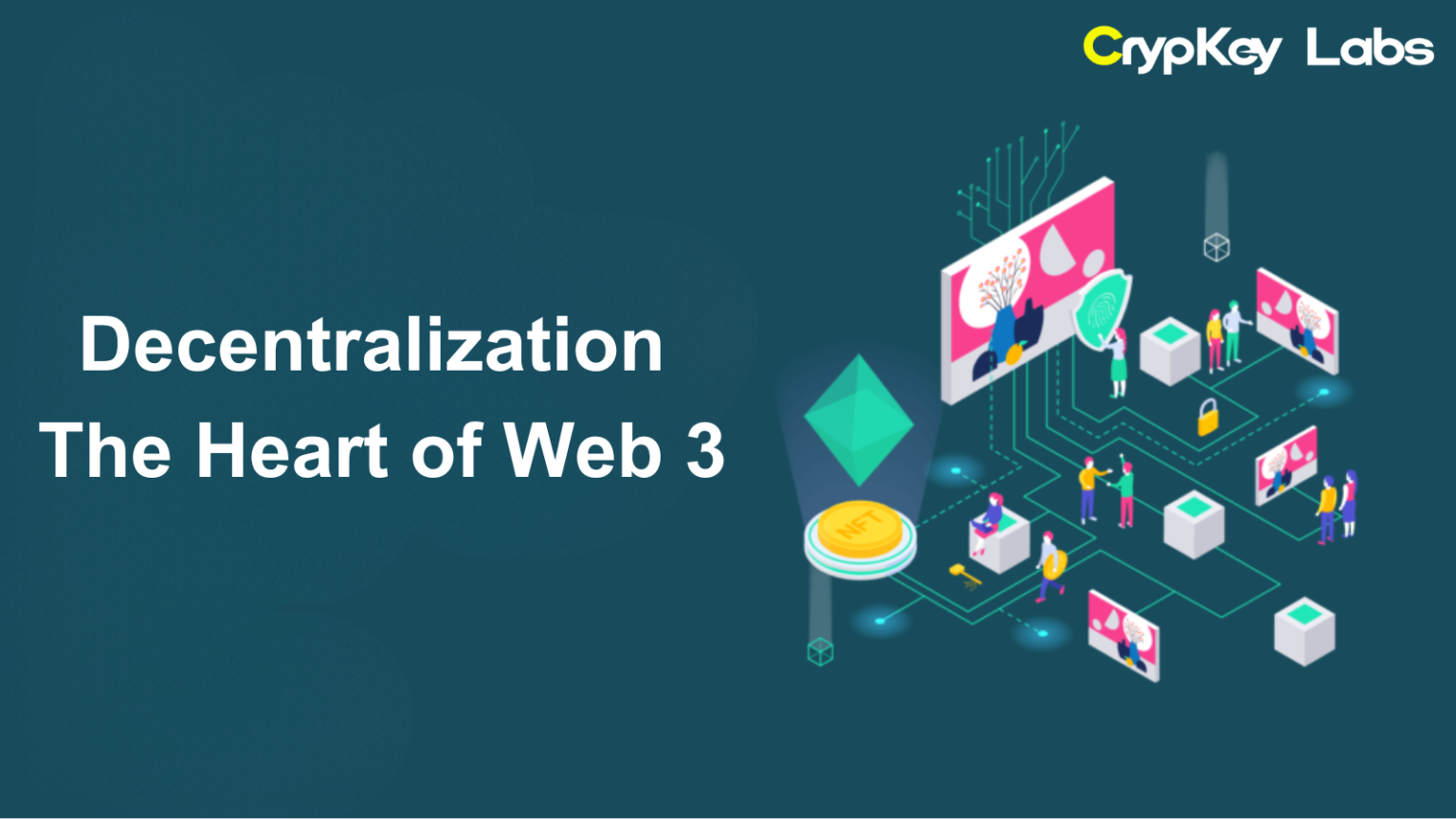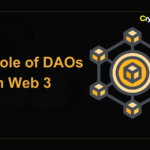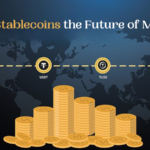The internet is undergoing a radical transformation, and at the heart of this revolution is a concept that promises to redefine how we interact online: decentralization. As we transition from Web 2.0 to Web 3.0, decentralization emerges as the cornerstone of this new era. In this blog post, we’ll explore what decentralization truly means, how it is driving Web 3, and why it represents a fundamental shift from the centralized models of the past.
What is Decentralization?
Decentralization is a concept that refers to the distribution of authority or control away from a central figure or entity. Instead of a single organization or individual holding power over a system, control is spread across a network of participants. This shift is significant because it removes the concentration of power and reduces the risk of misuse or corruption.
In the context of the internet, decentralization means that no single entity or server has control over the entire network. This approach contrasts sharply with the centralized model of Web 2.0, where major tech companies dominate data control and decision-making processes.
The Role of Blockchain in Web 3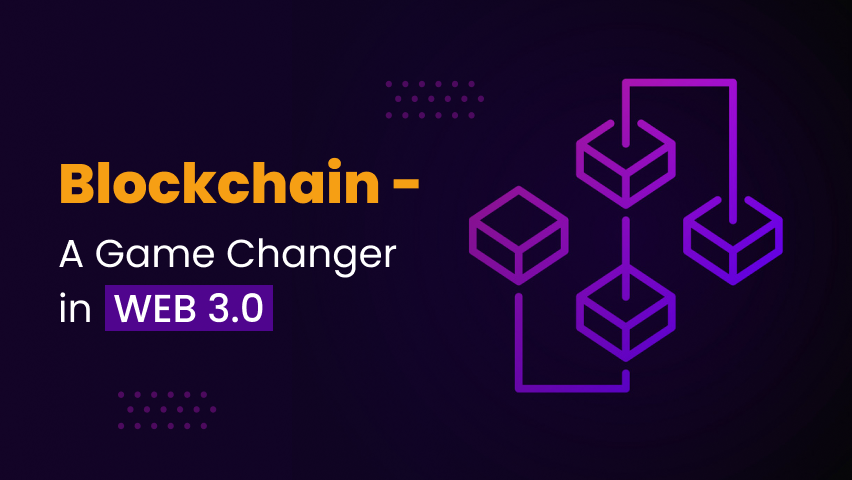
At the core of Web 3 lies blockchain technology, which is fundamental to achieving decentralization. Blockchain is a distributed ledger that records transactions across a network of computers in a secure and transparent manner. Each block in the chain contains a record of several transactions, and once added, it cannot be altered without affecting all subsequent blocks.
Blockchain technology ensures that data is not controlled by a single entity but is instead shared across a network. This decentralized nature provides several key benefits:
Security: Since data is distributed across multiple nodes, it is less susceptible to hacking or data breaches. Altering information would require compromising the majority of nodes, which is highly improbable.
Transparency: Every transaction recorded on the blockchain is visible to all participants in the network. This transparency fosters trust and accountability.
Elimination of Intermediaries: Blockchain enables peer-to-peer transactions without the need for intermediaries. This reduces costs and improves efficiency.
Web 3 vs. Web 2.0: A Paradigm Shift
To fully appreciate the impact of decentralization, it’s crucial to compare Web 3.0 with its predecessor, Web 2.0. Web 2.0, often referred to as the “social web,” marked a shift from static websites to interactive platforms where users could generate and share content. However, this era also saw the rise of centralized control by major tech companies such as Google, Facebook, and Amazon.
In contrast, Web 3.0 is characterized by decentralization, aiming to create a more open and user-controlled digital environment. Here’s how Web 3.0 differs from Web 2.0:
Centralization vs. Decentralization: Web 2.0 is dominated by a few major players who control user data and online interactions. Web 3.0, on the other hand, distributes control across a network, giving users more autonomy and ownership of their data.
Data Ownership: In Web 2.0, users often surrender their data to centralized platforms. Web 3.0 allows individuals to retain control over their data and digital assets.
User Empowerment: Web 3.0 empowers users by providing tools for greater control over their online presence and transactions. Decentralized applications (dApps) and smart contracts enable users to engage in activities without intermediaries.
Decentralization and User Empowerment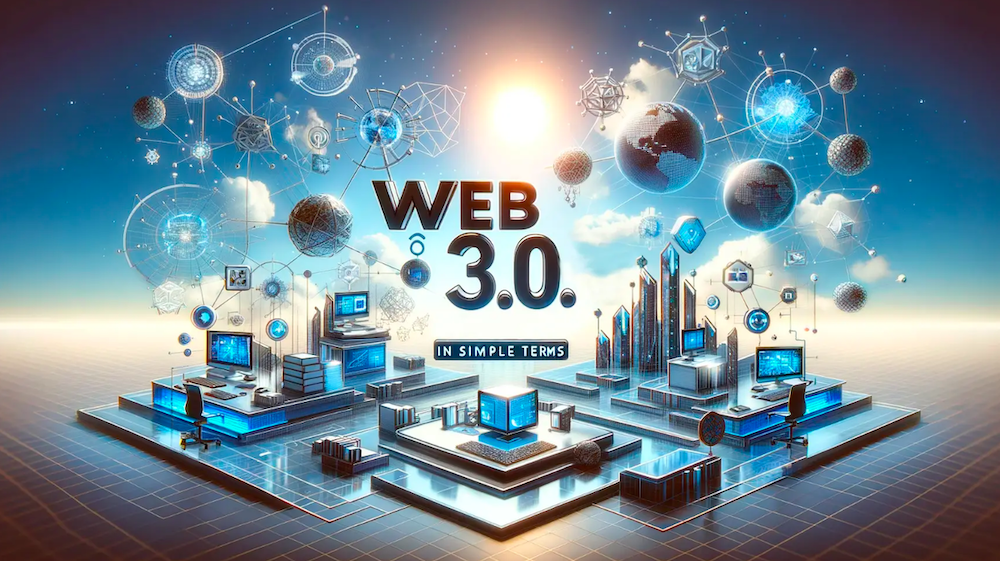
One of the most compelling aspects of decentralization is its potential to empower users. By removing centralized control, individuals gain greater ownership of their digital assets and interactions. Here’s how decentralization enhances user empowerment:
Ownership of Digital Assets: In a decentralized network, users retain control over their digital assets, such as cryptocurrencies, NFTs, and personal data. This ownership eliminates the need to trust third parties and reduces the risk of asset loss or misuse.
Control Over Data: Users have the ability to manage and share their data on their terms. Decentralized platforms allow individuals to decide what information to share and with whom.
Access to Decentralized Applications (dApps): dApps operate on a blockchain and offer a wide range of functionalities without relying on a central authority. These applications span various sectors, including finance (DeFi), gaming, and social networking.
Challenges of Decentralization in Web 3
Despite its numerous advantages, decentralization in Web 3 faces several challenges. Addressing these issues is crucial for the widespread adoption of decentralized technologies:
Scalability: As the number of users and transactions increases, maintaining the performance and efficiency of decentralized networks becomes challenging. Solutions such as layer-2 scaling and sharding are being developed to address these scalability concerns.
Regulation: The decentralized nature of Web 3 poses regulatory challenges. Governments and regulatory bodies are grappling with how to create frameworks that ensure compliance while supporting innovation.
User Adoption: Transitioning from centralized to decentralized models requires a shift in user behavior and mindset. Education and awareness are essential for encouraging adoption and understanding of decentralized technologies.
Why Decentralization is the Future of the Internet
Decentralization represents a significant shift in how we interact with the internet. Its potential to create a more open, inclusive, and user-centric digital world is compelling. Here’s why decentralization is poised to shape the future of the internet:
Democratization of the Web: Decentralization removes barriers to entry and empowers individuals to participate in and contribute to the digital ecosystem. This democratization fosters innovation and diversity.
Enhanced Security and Privacy: By distributing control and data, decentralization reduces the risk of security breaches and enhances user privacy. Users can interact and transact with greater confidence.
Greater Control and Ownership: Decentralization shifts control back to users, allowing them to own and manage their digital assets and data. This empowerment aligns with the growing demand for privacy and autonomy in the digital age.
Conclusion
Decentralization is undeniably the heart of Web 3. Its transformative potential lies in its ability to distribute control, enhance security, and empower users. As we move towards a more decentralized internet, we are witnessing a shift that promises to create a more open, transparent, and user-centric digital world. Embracing decentralization offers a glimpse into a future where the internet is not only a tool but a democratic space where individuals have the power to shape their online experiences.

